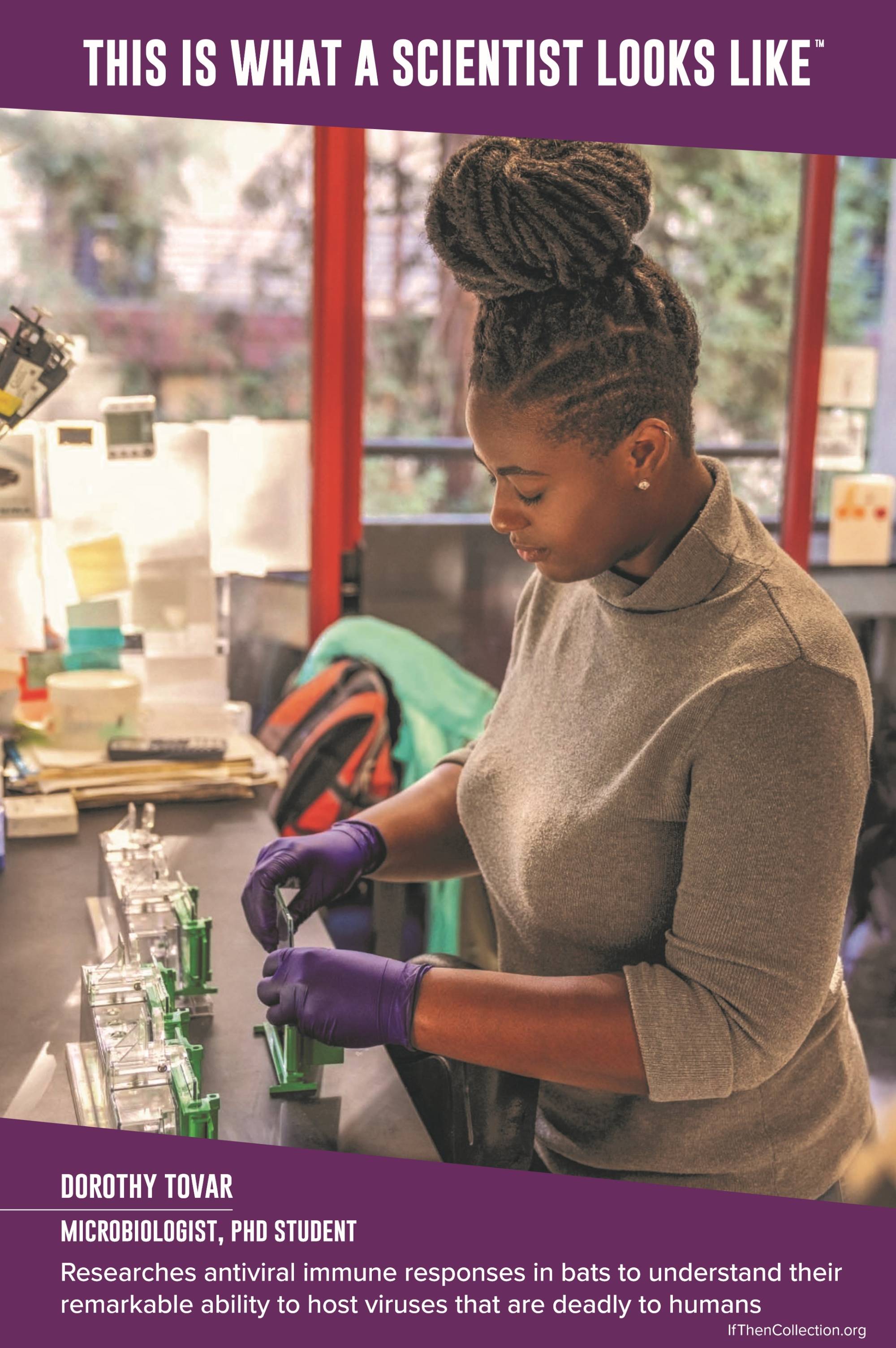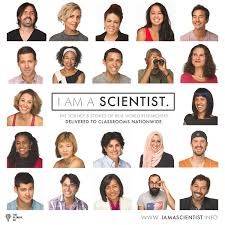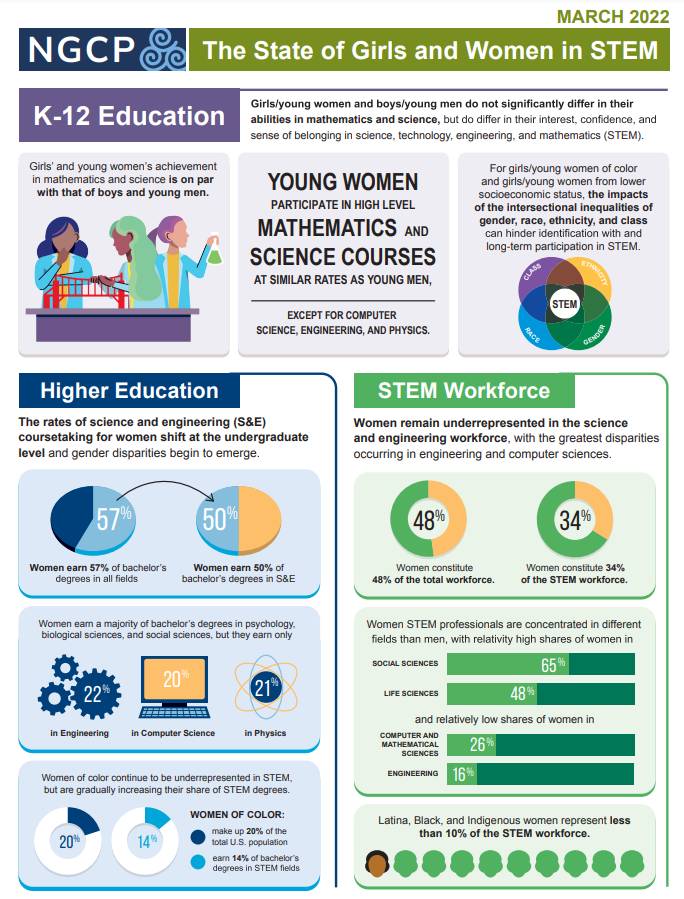Equity Resources for STEM
[1635784434].jpg)
"Educational equity can be defined as beliefs, actions, and policies that enable all students to have access to and participate in quality learning environments and experience successful outcomes."
"The fundamental belief driving the pursuit of educational equity is that all students can succeed under the right conditions. When discussing historically underserved students, we are talking about those students who have been underserved by their schools—and the overall public educational system--due to a variety of social factors. These social factors can include one or more of the following identifiers: race, gender, gender identity, class, ability, religious affiliation, sexual orientation, and native language."
(Equity Digest, The Fundamentals of Educational Equity, April 2019)
GWM Region's Commitment
Note: this statement was updated in response to input from our stakeholders. We thank those who provided insight and welcome continued feedback.
We at the Greater West Michigan (GWM) Region of the MiSTEM Network extend our support for educators fighting structural racism in the US daily. We have all witnessed the horrific murders of George Floyd, Breonna Taylor, and Ahmaud Arbery. Our hearts grieve for their families and the Black community as well as countless other victims of violence. We acknowledge that for people of color in our nation, this violence is not new, but ongoing.
At this time, we are strengthening our commitment to fight for a more just society. To us, good teaching is inclusive of students who are Black, Indigenous, and People of Color. Anti-racist curriculum and pedagogy are central to an equity-focused teaching approach. Moving forward we commit to our community that we will:
- Highlight the work of STEM educators and professionals who are Black, Indigenous, and People of Color
- Share activities and teaching practices built on culturally responsive pedagogies that promote authentic engagement and rigor
The Equity Resources for STEM and Equity, Diversity, and Inclusion Resources for the STEM Workforce pages and our Twitter and Facebook pages are a beginning that we will continue to build upon.
-Ginger, Diane, Olga, & Kris
Gallery of Women and People of Color in STEM
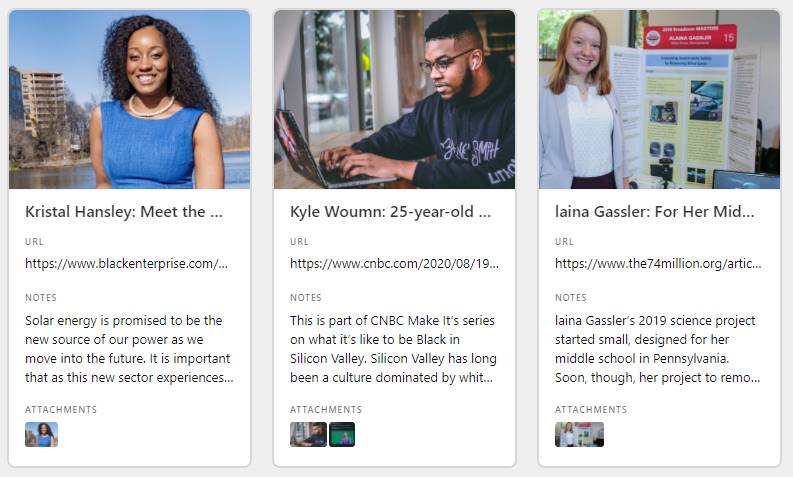
Check out this Gallery of Women & People of Color in STEM, an ongoing project of our Greater West Michigan Region. The Gallery includes local women and people of color who are STEM professionals as well as others across the USA and world. Email Ginger Rohwer if you know of women or persons of color who should be added!
Women and BIPOC in STEM

Ariana Waller founded two startups: Adoraa Company, a digital marketplace where consumers can buy and sell pre-owned cosmetics, and Wallway Technologies, a technology solutions firm on a mission to build inclusive, equitable and innovative technology for startups, businesses, and brands. She also founded the global podcast, Women in TECH, a podcast about the latest news in tech, entrepreneurship, startups and navigating STEM fields as a woman. We had the honor of interviewing Ariana in October 2019.
[1581519724].jpg)
Kelly McElroy is a Senior Nuclear Systems Engineer at American Electric Power where she has managed the performance of multiple high-safety significant mechanical systems among other duties. Kelly is also the creator of the sustainabiliME podcast where each week she showcases a cool story, project, idea, etc. related to sustainability and the environment as well as one thing the average person could consider implementing in their own life. Click here to learn more about Kelly including her answers to our questions in an interview last fall.
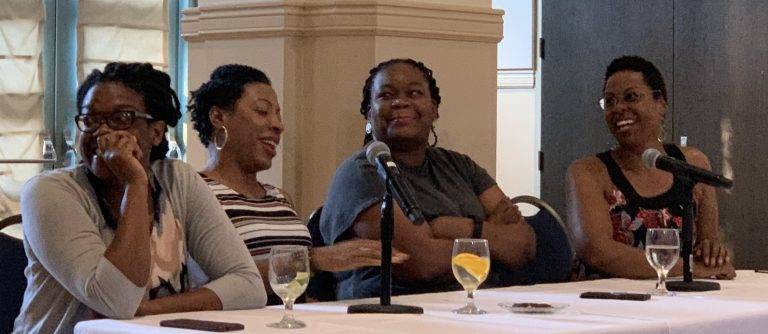
MathematicallyGiftedAndBlack.com is an AMAZING website that highlights the contributions and lives of Black mathematicians. “To be young, gifted and black”; a common phrase used in the Black community. It comes from a song famously sung by Ms. Nina Simone and co-written by Weldon Irvine. In December 2016, Erica Graham, Raegan Higgins, Shelby Wilson, and Candice Price had a conference call discussing the creation of a website that would highlight the contributions and lives of Black mathematicians. Inspired by the work of Lathisms and emboldened by the film Hidden Figures, they created the website “Mathematically Gifted and Black”. The name not only pays homage to the song so well known and loved within the Black community but is itself a tribute to those whose story may have never been told.
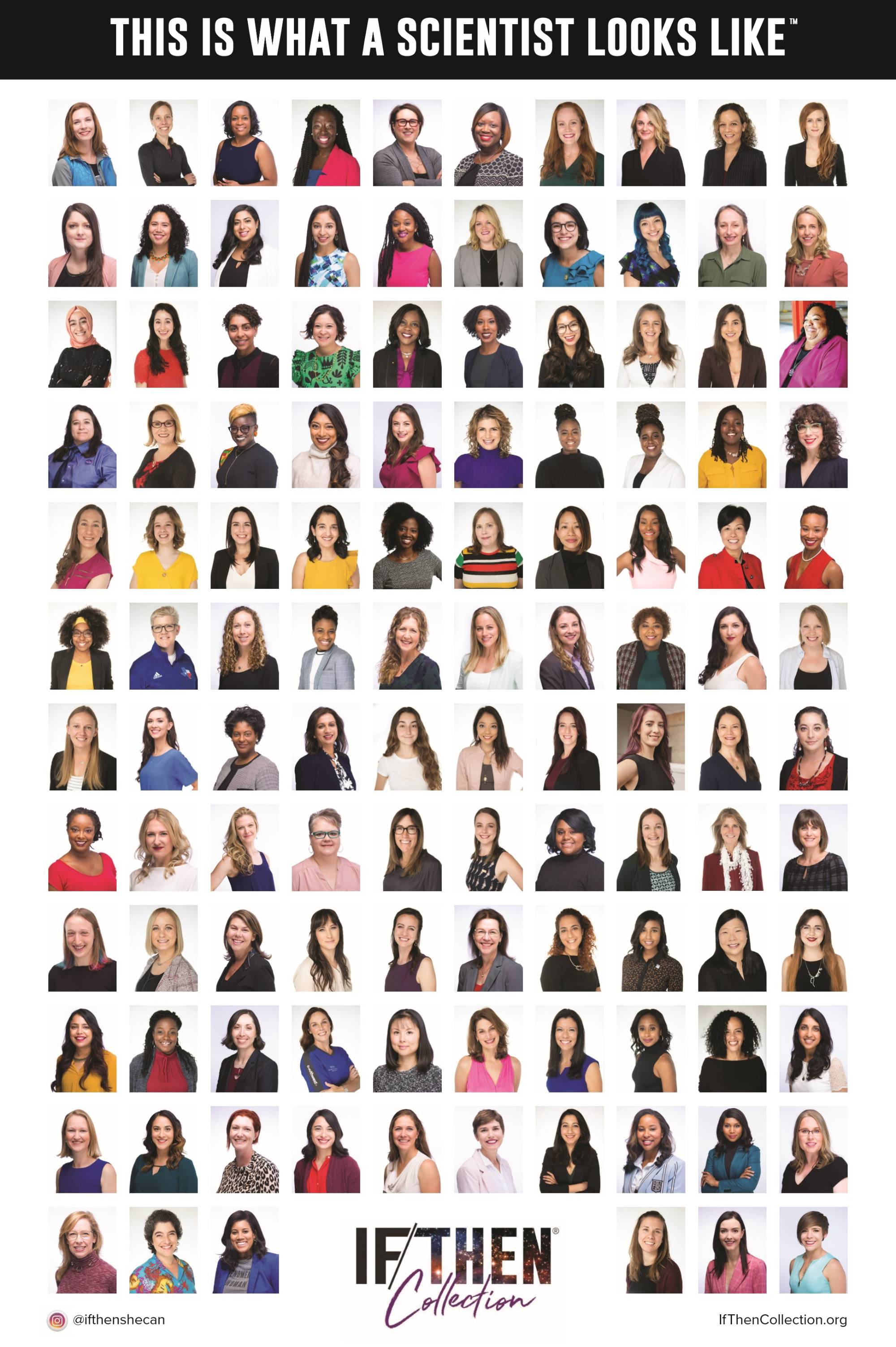
The IF/THEN® Collection is the largest free resource of its kind dedicated to increasing access to authentic and relatable images of real women in STEM.

Notable Women in STEM are the leaders who are building Michigan's future in energy, infrastructure, engineering, mobility, cyber security, health, information technology and more. And they're educating, mentoring and supporting the next generation of women in science, technology, engineering and mathematics. The women featured in this Notable Women in STEM report were selected by a team of Crain’s Detroit Business editors based on their career accomplishments, track record of success in the field, contributions to their community and mentorship of others, as outlined in a detailed nomination form.
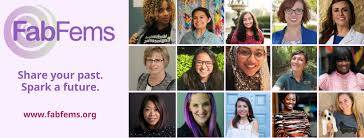
FabFems are women from a broad range of professions in science, technology, engineering and mathematics (STEM). They are passionate, collaborative, and work to make the world a better place. The FabFems directory is an international database of women in science, technology, engineering and mathematics (STEM) professions who are inspiring role models for young women. The FabFems directory is accessible to young women, girl-serving STEM programs, and other organizations that are working to increase career awareness and interest in STEM.
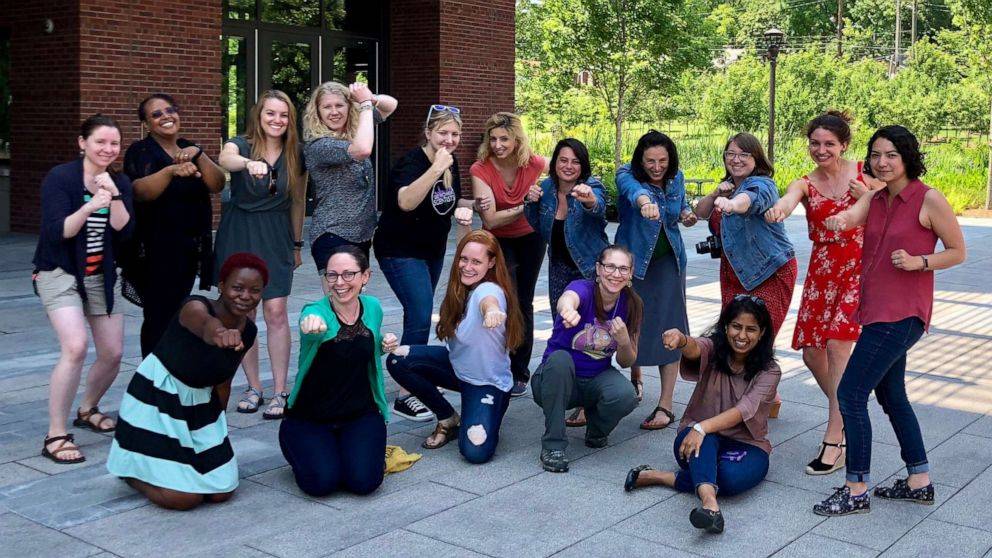
The Request a Woman Scientist database was created by the grassroots organization, 500 Women Scientists. The platform connects their extensive multidisciplinary network of vetted women in science with anyone who needs to consult a scientist for a news story, invite a keynote speaker or panelist for a conference or workshop, find a woman scientist to collaborate on a project, or serve as a subject matter expert in any capacity. Importantly, 500 Women Scientists is committed to diversity and inclusion, not just in our scientific fields, but in our society as a whole.
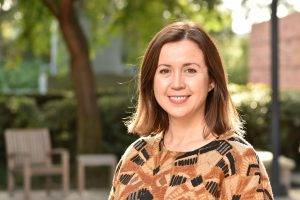
100 inspiring Hispanic/Latinx scientists in America, showcase 100 of the most inspiring Hispanic/Latinx scientists working in the United States. This list—selected based on scholarly achievements, mentoring excellence, and commitment to diversity, equity, and inclusion—represents only a subset of the scientific role models in the community. We highlight scientists encompassing careers within academia, government, and biotech and showcase individuals committed to serving diverse student populations at Hispanic-serving institutions. Although we understand this list is not fully representative of the Hispanic/Latinx scientific community, we hope it will help to change the perception of what a scientist looks like and makes our collective image more representative of society at large.
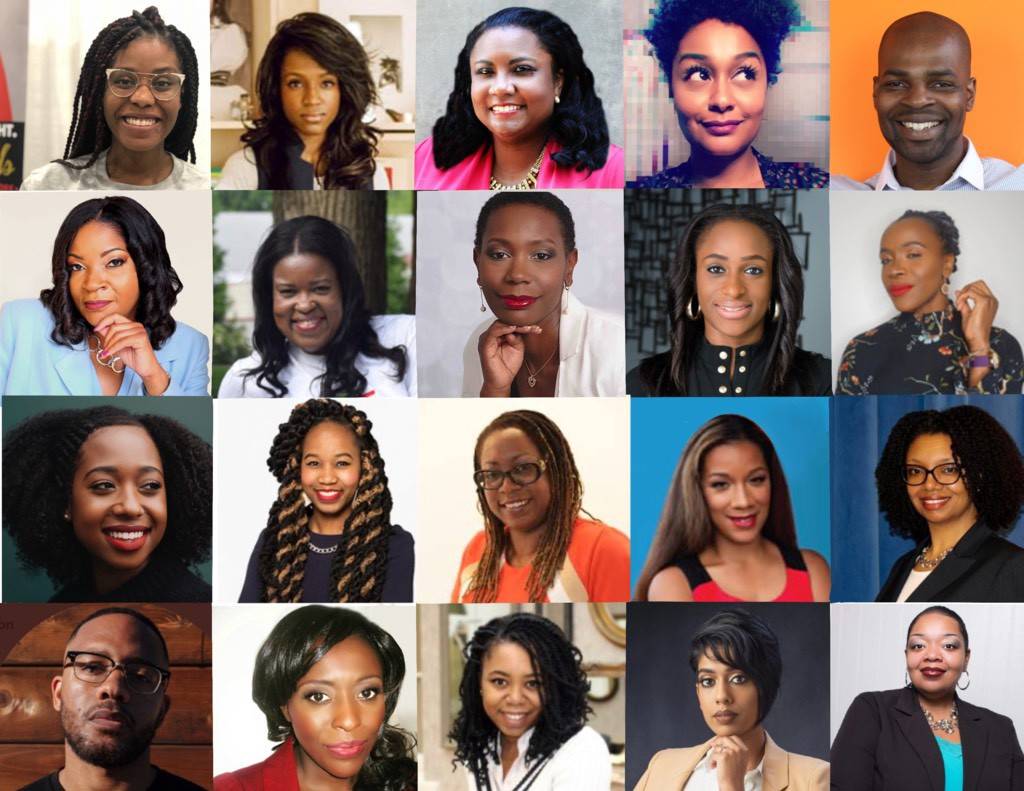
These 136 Black Innovators in STEM + Arts identified by Wonder Woman Tech come from different parts of the world, various industries and all have a unique perspective on how we can work together to share ideas, cultivate belonging and propel change. For generations, Black voices and influencers have been suppressed and overlooked. Black people and Black communities are constantly fighting for an end to racial, social, and economic oppression. It is the responsibility of non-Black communities to hold themselves accountable and to educate themselves on what is happening in our world. Together we can uplift and amplify Black voices that cannot be heard or are refused to be listened to.
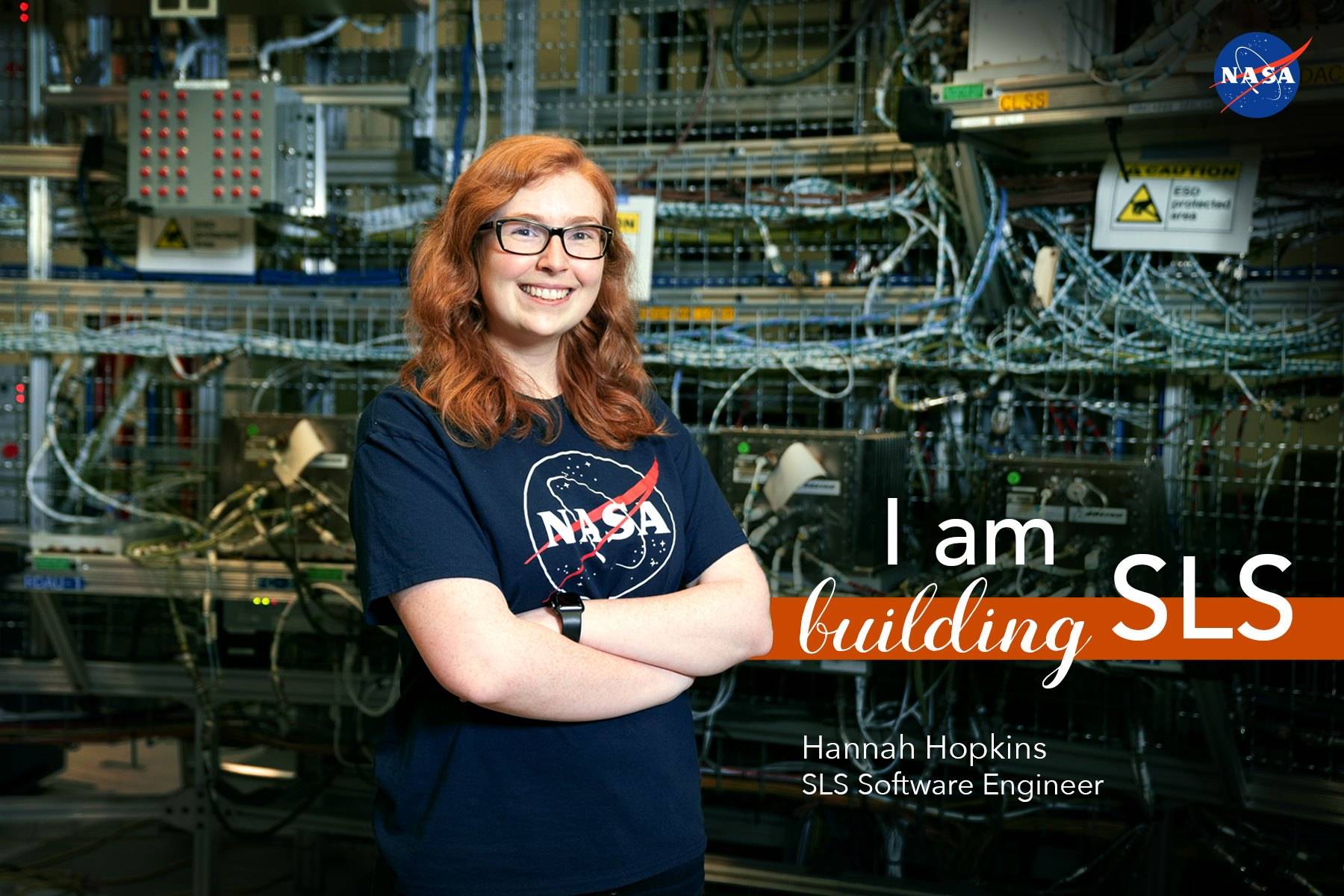
Women@NASA is a website that includes a stunning collection of 64 videos and essays from women across the agency who contribute to NASA’s mission in many different ways. We hope to give you a glimpse of the talent we have at the agency today. Their stories illuminate the vibrant community of dedicated women employees who play a vital role at the agency. You’ll hear stories of women overcoming almost every obstacle imaginable to pursue their dreams and make a difference in the world.
Women and BIPOC in STEM Posters
This collection of posters feature IF/THEN® Ambassadors selected by the American Association for the Advancement of Science (AAAS). The IF/THEN® Collection is the largest free resource of its kind dedicated to increasing access to authentic and relatable images of real women in STEM.
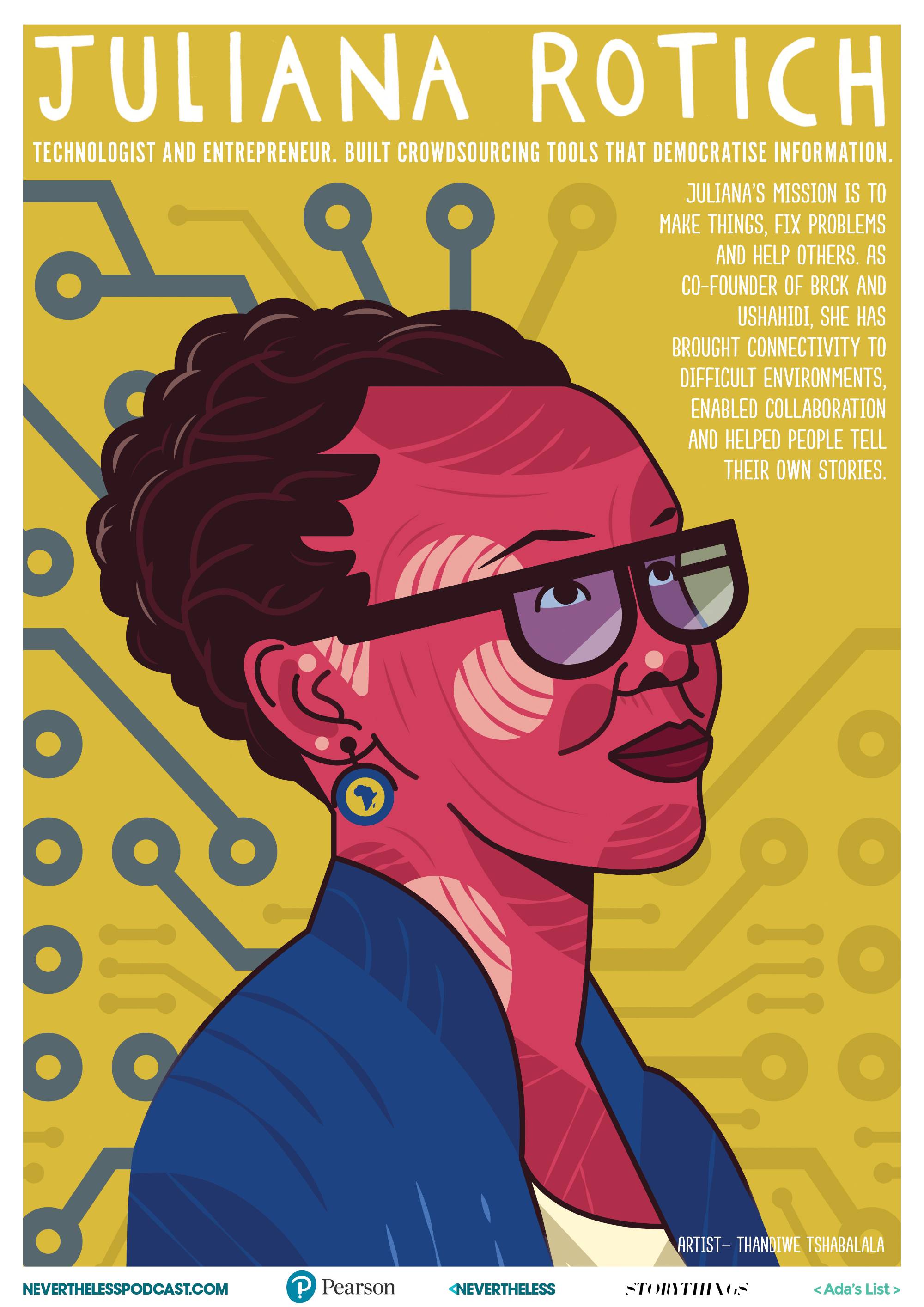
STEM Role Models Posters commissioned by Nevertheless podcast feature women who serve as amazing role models in their fields of science, technology, engineering, and mathematics (STEM). Download the free posters and print them out for your school or workplace. By taking part, you’ll help raise awareness of their achievements, and hopefully inspire a new generation of girls and women in STEM.
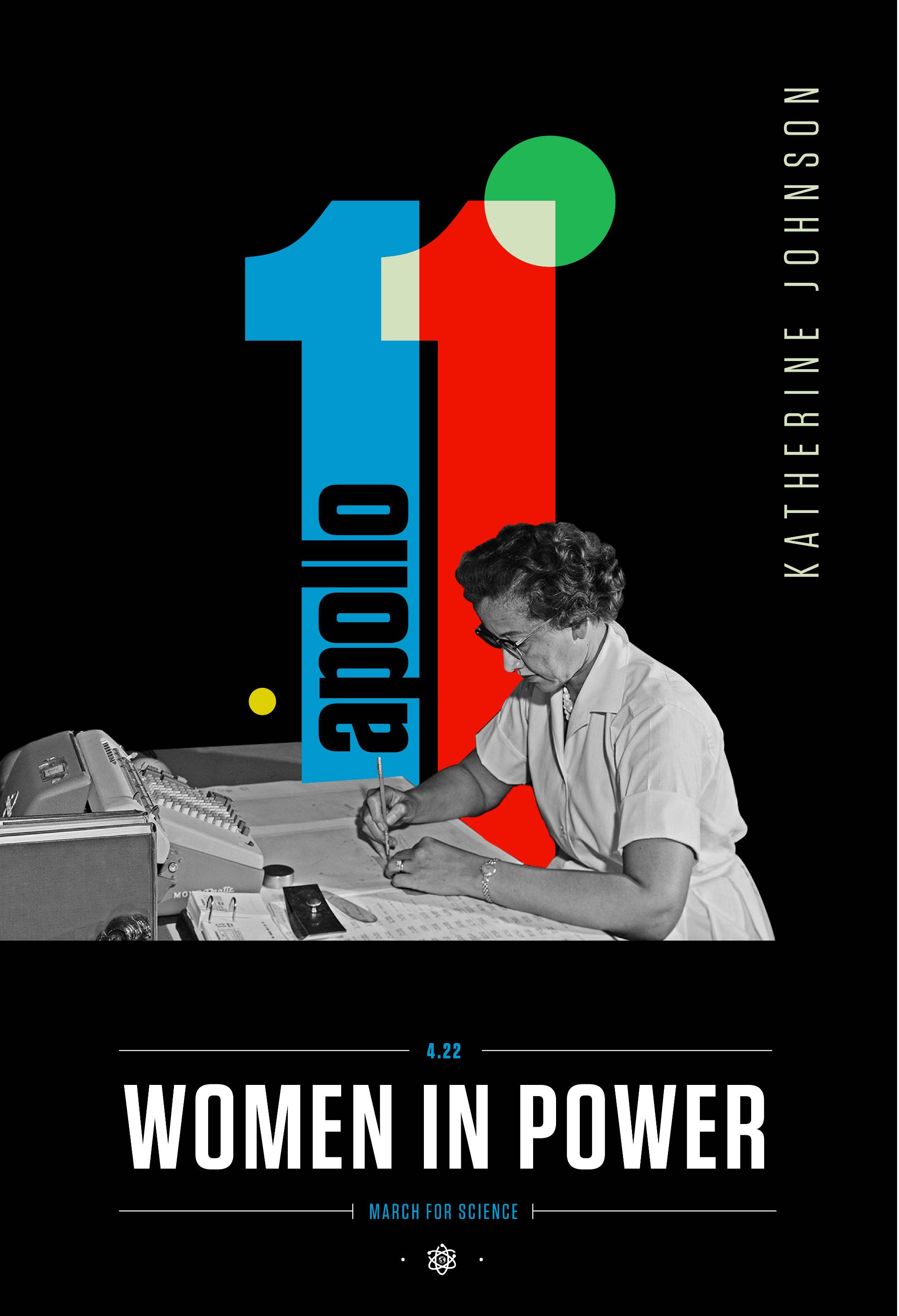
Beyond Curie is a portrait series of women who have made significant contributions in STEM fields. The series of posters features 42 women, including all 18 female Nobel Prize winners in Physics, Chemistry, and Physiology or Medicine. As a way to connect the Women's March to the March for Science, Amanda Phingbodhipakkiya has created 6 free custom posters to help celebrate both women and science.
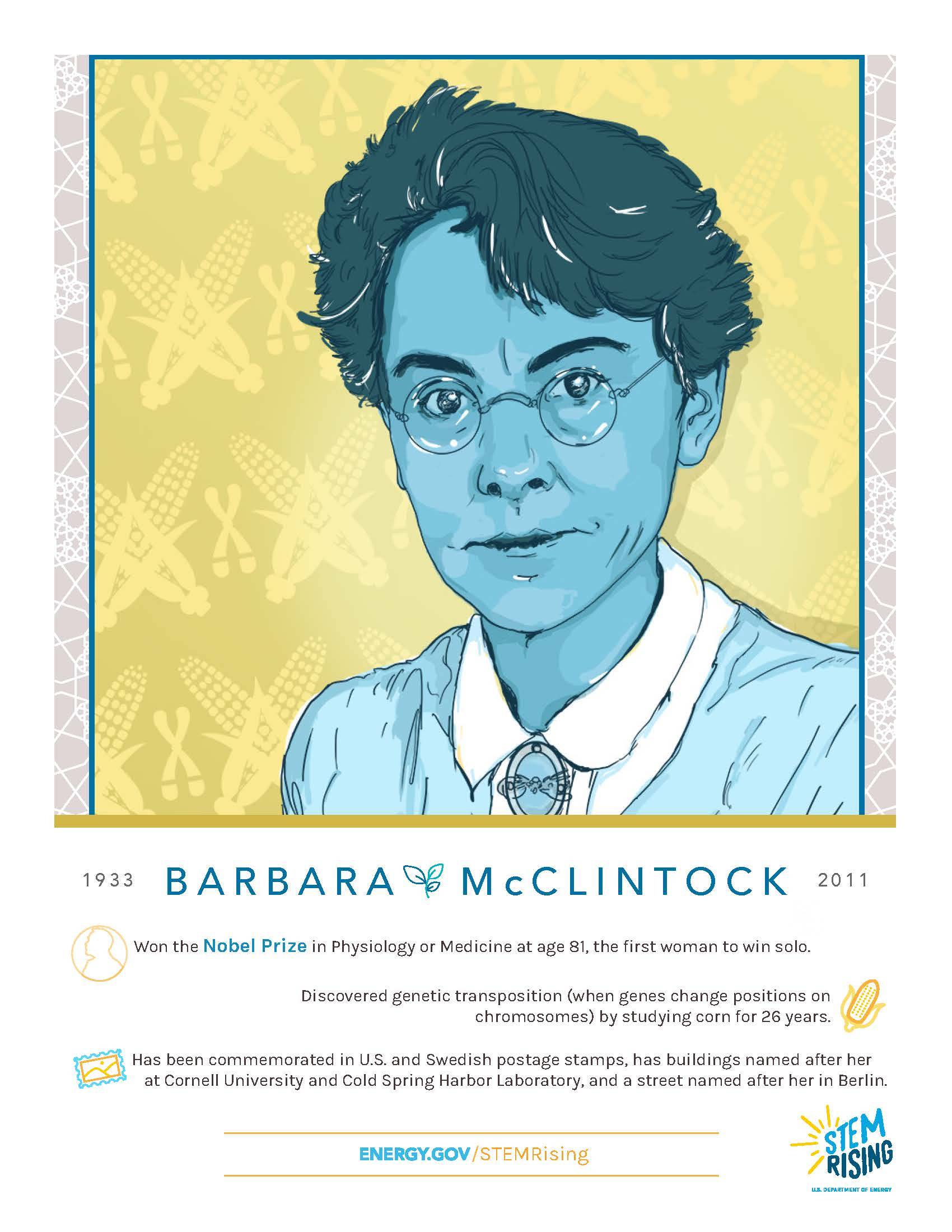
These Women in STEM posters are from a three-part series from the Department of Energy offers 12 free printable posters of female astronauts, physicists, mathematicians and chemists who made notable contributions to American history.
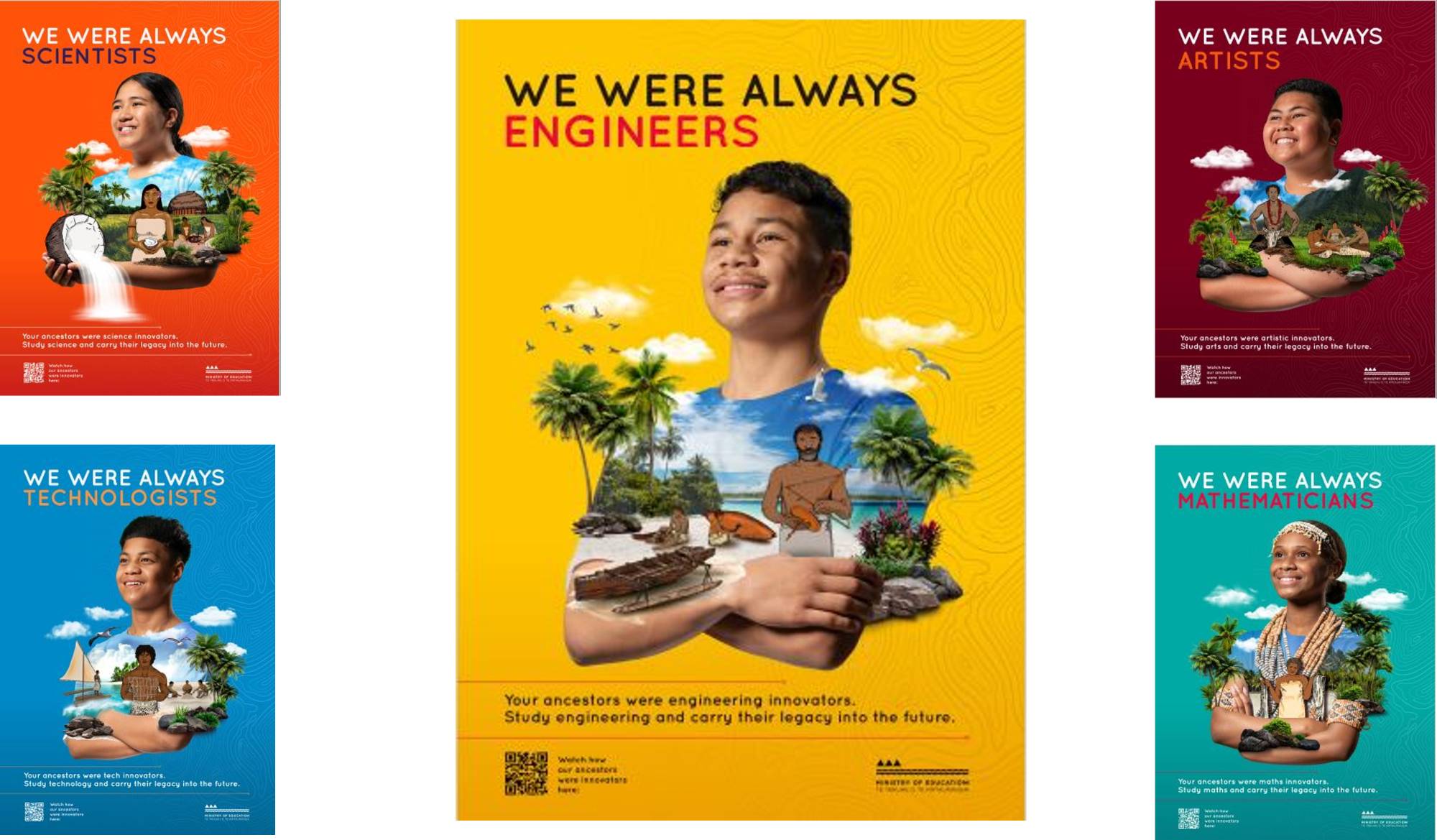
The Pacific STEAM (science, technology, engineering, arts, maths) series of posters and videos illustrate how Pacific peoples were always scientists, technologists, engineers, artists, and mathematicians. They were innovative, creative, and resourceful.
The videos illustrate specific examples of STEAM within traditional Pacific Island culture and practices. Use the resource to encourage students to study STEAM subjects and carry their ancestors' legacy into the future.
Watch videos in media gallery »
Download the posters for display in your classroom and around your school. Watch the videos online or through the QR code link on a mobile device.
Pacific STEAM poster Technology

Lathisms was founded in 2016 in order to showcase the contributions of Latinx and Hispanic mathematicians during Hispanic Heritage Month, which is celebrated in the United States from September 15 and October 15 every year. During this time they feature/reveal a prominent Latinx/Hispanic mathematician daily, providing a biography and information on their research, teaching and service contributions.
Download and print posters for current and past Lathisms Honorees!
Equity Resources and Organizations

SACNAS - Society for Advancement of Chicanos/Hispanics and Native Americans in Science - is an inclusive organization dedicated to fostering the success of Chicanos/Hispanics and Native Americans, from college students to professionals, in attaining advanced degrees, careers, and positions of leadership in STEM. Our vision is to achieve true diversity in STEM. True diversity means that the field (including leadership positions) reflects the demographics of the population. For the last 45 years, we’ve been working to make sure that those most underrepresented in STEM have the support they need to attain advanced degrees, careers, and positions of leadership. At SACNAS, we understand that diverse voices bring creative solutions to our world’s most pressing scientific problems. That’s why we’re building a national network that is innovative, powerful, and inclusive.
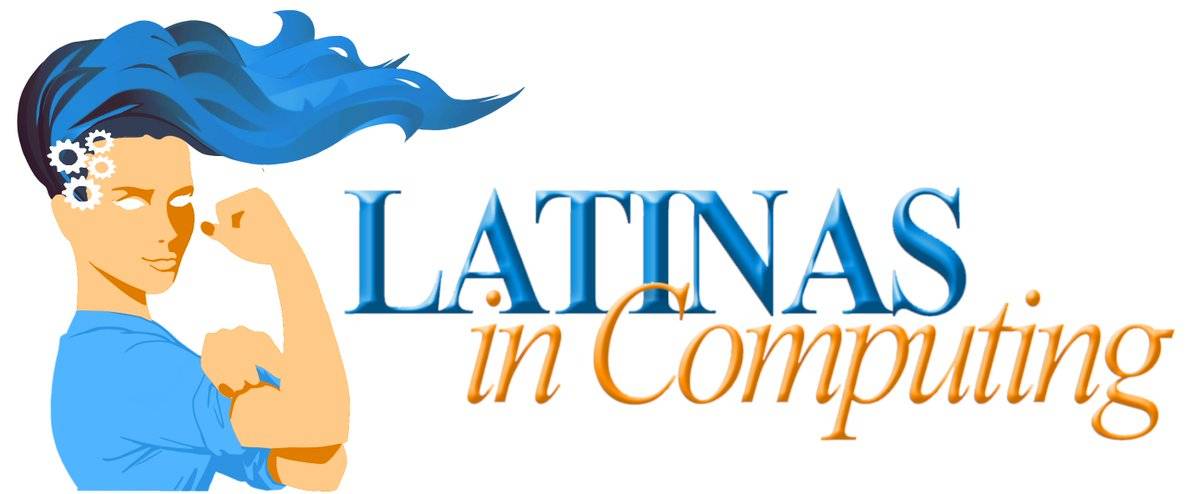
The Latinas in Computing (LiC) community was established after Birds of a Feather session at the 2006 Grace Hopper Conference entitled Latinas in Engineering. There, a group of energized Latinas from industry, government labs and academia discussed the strengths of this growing community and the misconceptions affecting its members. They talked about their experiences as double minorities, including the self-limiting beliefs that can interfere with their ability to excel and establish themselves as leaders in computational fields. Given the common experiences discovered by participants in this initial event, Latinas in Computing established as its first goal to define key strategies to promote leadership and professional development among the current and next generations of Latinas in technology.
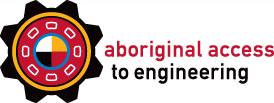
Aboriginal Access to Engineering at Queen’s University is committed to increasing the number of Indigenous engineers in Canada. By promoting math and science to elementary and high school students, supporting the efforts of their teachers, and enabling access to post-secondary study, we are encouraging more Indigenous youth to become qualified engineers. We work with the engineering profession and academic institutions, as well as government and business to develop programming which will encourage Indigenous youth to stay in school and pursue post-secondary studies in the pure and applied sciences. Most importantly, we work with Indigenous communities - students, teachers, parents, elders and leaders - from across Canada to ensure that the programming we produce is relevant and meets the needs and expectations of the community.
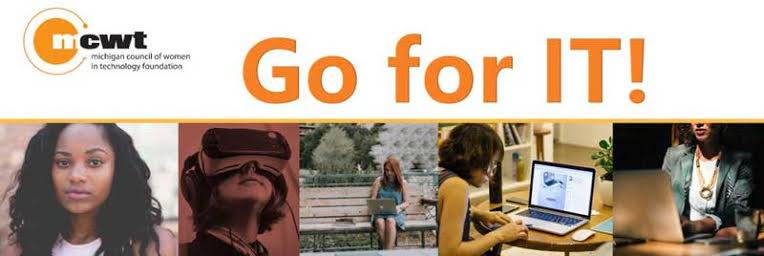
The Michigan Council of Women in Technology (WCWT) works toward our mission to inspire and grow women in technology. A diverse IT workforce is a vital part of Michigan’s transformation and we strive to engage and retain female professionals here.
Our vision is simple:
MAKE MICHIGAN THE NO. 1 STATE FOR WOMEN IN IT.
In our network, you’ll meet executives, students, business owners, entrepreneurs and others dedicated to a thriving technology community. Through mentoring, leadership development, networking, and technology experiences for all career cycles—from youth summer camps, to college and graduate school scholarships, to professional networking events, and more—we are inspiring and nurturing technologically oriented women.
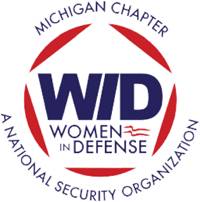
Women In Defense (WID) Michigan Chapter, A National Security Organization, is a non-profit professional networking and development organization for women and men across Michigan who contribute to national defense and security.
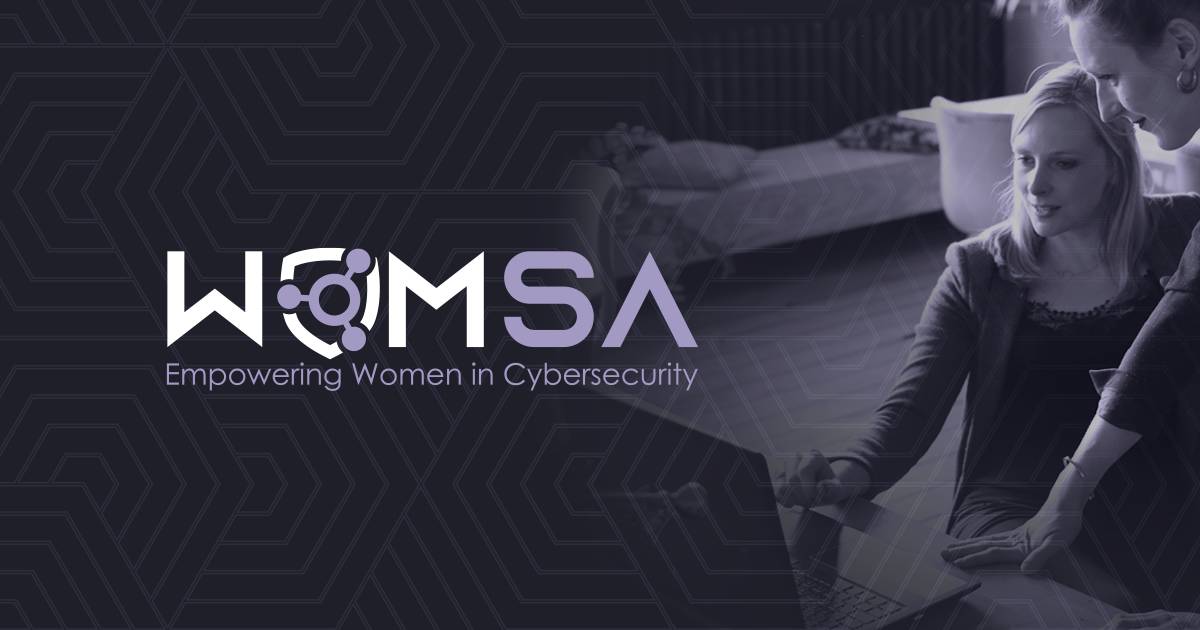
The Women’s Security Alliance (WomSA) is dedicated to the success of women in cybersecurity. We believe a cybersecurity career is possible for anyone with the interest and passion to invest in their future success.
WomSA is a nonprofit organization that empowers women in cybersecurity by:
-
Aligning your strengths and interests to a cybersecurity career path
-
Providing resources such as mentors that guide you through the cyber community
-
Brokering connections to funding resources to provide financial aid for training
-
Developing networking opportunities to meet industry experts, recruiters, and corporate executives
WomSA is the support system America has needed. At WomSA, we envision a world where women succeed in cybersecurity.
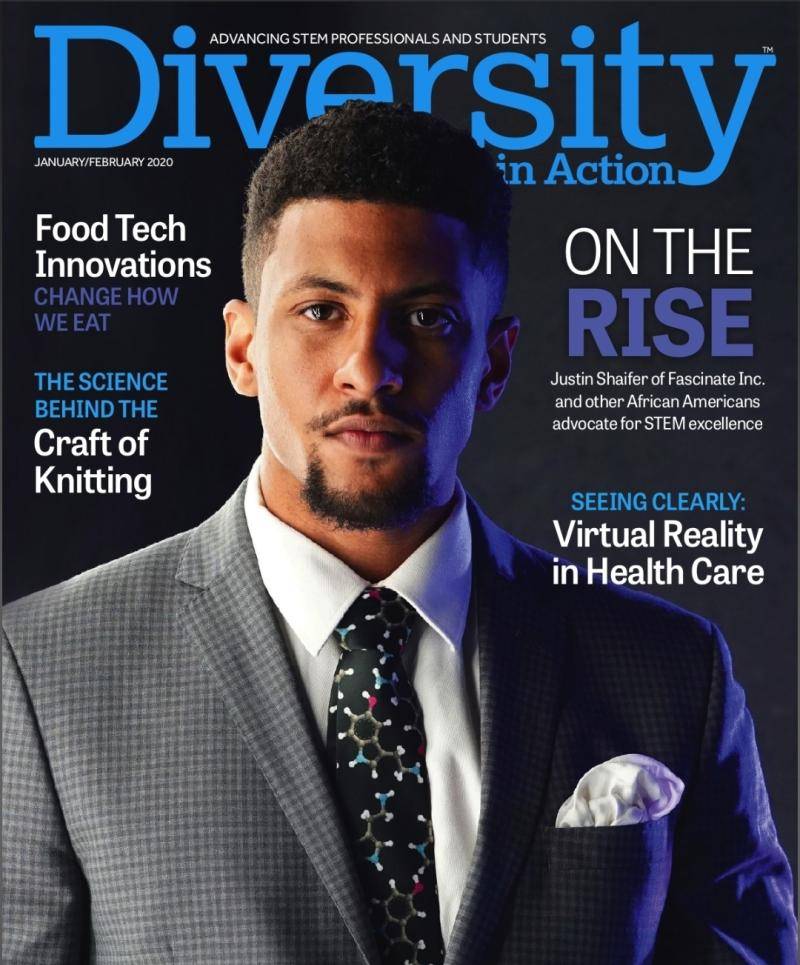
Diversity in Action is a digital and print publication dedicated to supporting and promoting diversity in science, technology, engineering, the arts and math. We foster new ideas through articles representing diversity of thought, experience and perspective. We highlight individuals who identify as persons of color, those with different abilities, veterans, active military personnel, women and members of the LGBTQ community. We also examine topics and profile people who bring a diverse array of views and who nurture innovation regardless of how they identify themselves.
In six bimonthly issues and a fall special, Diversity in Action highlights students and professionals, corporations, universities, nonprofits and government agencies that are committed to advancing STEM diversity.
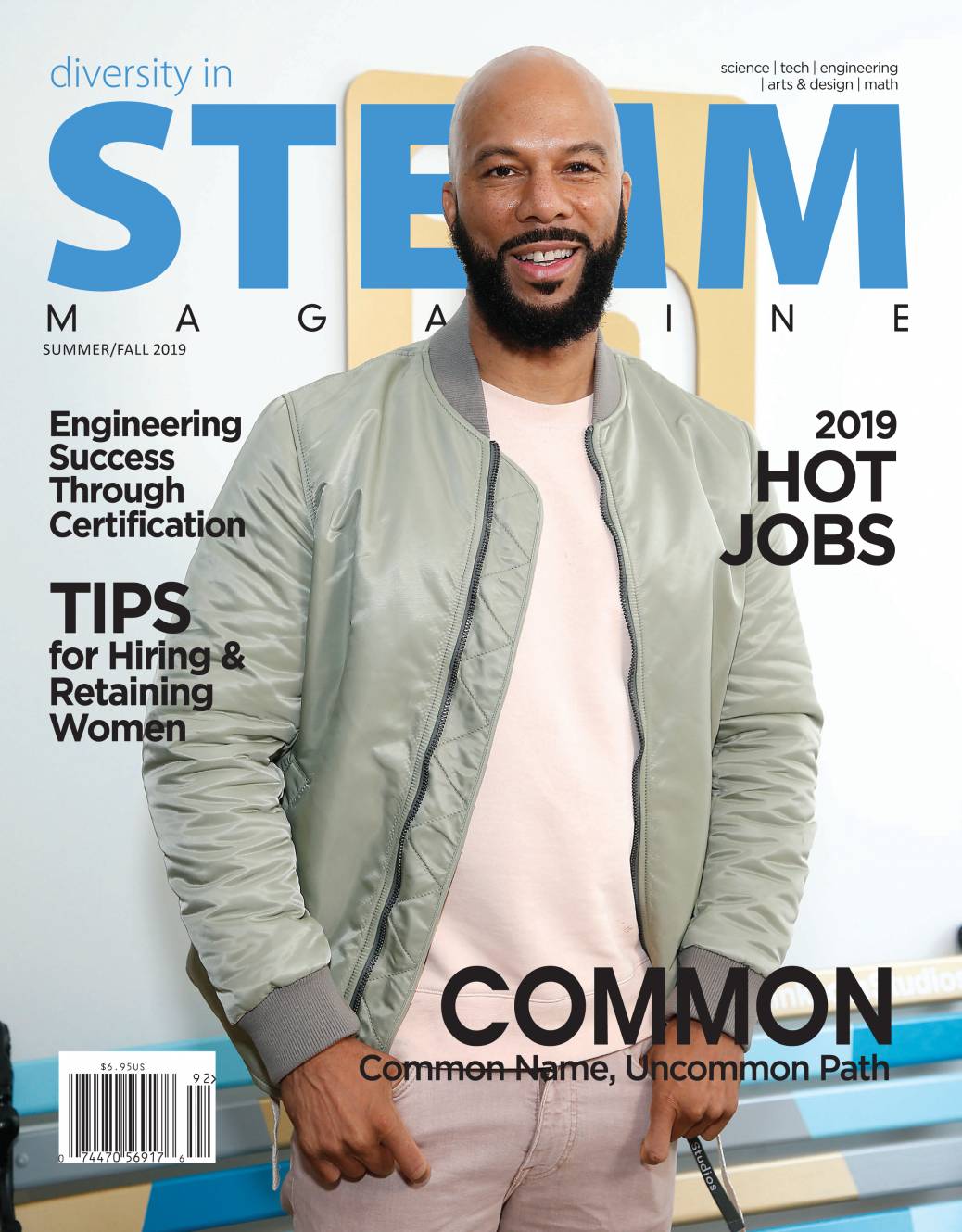
DiversityComm, Inc. (DCI) is the proud publisher of the Diversity in STEAM Magazine as well as five other nationally recognized diversity focused magazines: Black EOE Journal, Hispanic Network Magazine, Multicultural Professional Woman’s Magazine, U.S. Veterans Magazine, and DIVERSEability Magazine. Each magazine has its own engaging website, distribution, and digital edition.
Their mission is to promote the advancement of all aspects of business and employment to ensure equal opportunity. With their 25-year history specializing in Diversity they acknowledge that D&I (Diversity & Inclusion) is the main apex of reaching minority audiences. They are dedicated to inform, educate, employ and provide equal opportunity within corporate America in order to create a more diverse workplace. They are a valuable resource for all companies across the nation and regarded as one of the fastest growing diversity publications.
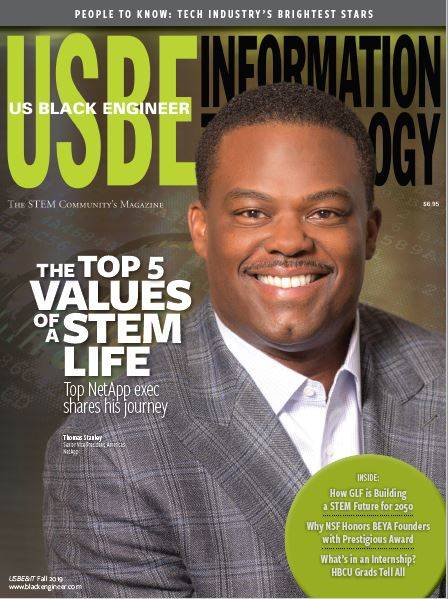
US Black Engineer and Information Technology Magazine provides black technology news and information about black engineering, black technology, black engineers, black education, black minorities, Black Engineer of the Year Awards (BEYA), and historically black colleges and universities (HBCU) from black communities in US, UK, Caribbean, and Africa.
[1579553137].jpg)
In Demand is a movement that seeks to connect Black men to opportunities to become volunteers, mentors and educators.
Research supports that students of color tend to achieve more when they have teachers who mirror their culture and background. A March 2017 study by the Institute of Labor Economics found that when Black male students have at least one Black male teacher in grades three through five, high school dropout rates decrease significantly.
Having a teacher who looks like you and who you can relate to, can help students feel more comfortable, confident and enthusiastic. This is not to disparage the work of teachers who are not of color. It’s simply to acknowledge the unfortunate truth of racial bias within our educational system and propose that part of the solution is to draw more black males to the profession.
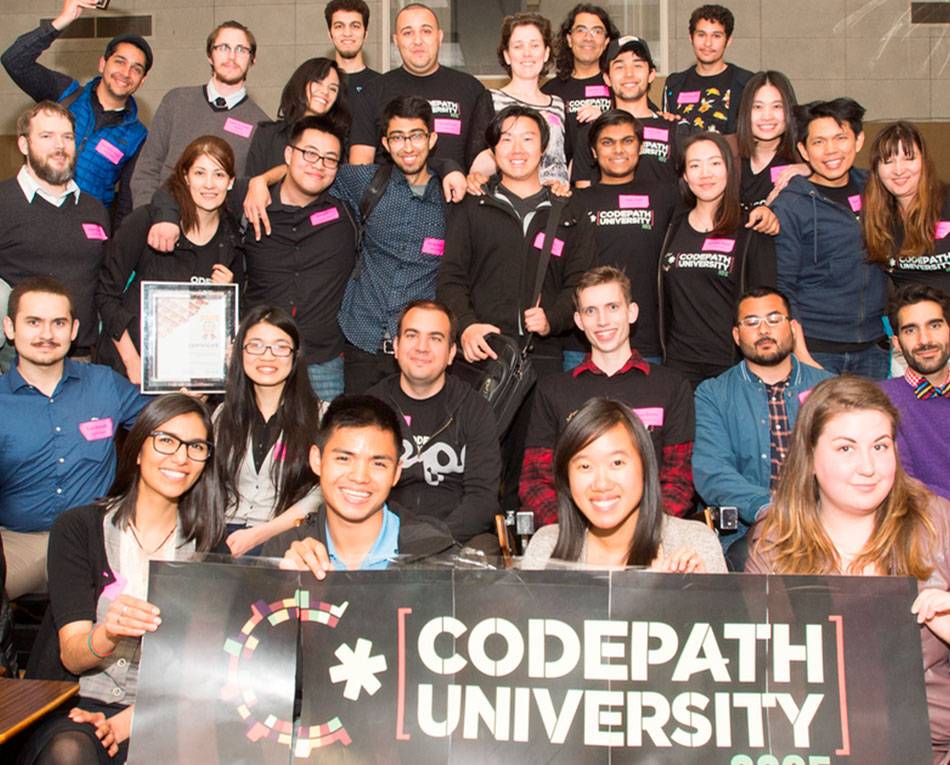
CodePath.org is a 501 (c)(3) nonprofit increasing diversity in tech by transforming college C.S. education for underrepresented minorities and underserved populations.
They exist to eliminate educational inequity in technical careers. Their mission is to provide the tools and connections that software engineers need to unlock their greatest career potential.

This Minorities in STEM: Increasing Workplace Diversity Guide from MastersInDataScience.org discusses biases faced by minority college students in STEM, resources for minority students, and scholarships available for minorities in STEM.
Of the 5 million employed workers in the computing field, minorities only account for about 30% of employees, and that number includes women as well as ethnic minorities. Minority students may encounter barriers in their college careers, and perhaps even more so specifically in STEM programs. STEM programs and careers tend to have the highest race and gender gaps. Discrepancies in representation alone can create barriers that inhibit students from participating in higher education at optimal levels.
The “I Am A Scientist,” project is building classroom tools to make STE(A)M careers technically and psychologically accessible to all students. Not every student wants or needs to pursue a career in science, technology, engineering or mathematics (STEM). However - should they choose to - demographics, interests, personality, and socio-economic status should never get in their way.
The project is building and delivering multimedia toolkits to science classrooms nationwide. We lay out the many sometimes-meandering paths that our featured scientists took to get to where they are today. We slip in key nature of science skills and institutional knowledge so that technical details never interfere with a student's chance at success in STE(A)M. We collect, curate, and freely share a digitized database of resources and scientists’ honest breakdowns of what it truly takes to become a scientist in today's world.
Science should not be a privilege reserved for the few, but a path that every student can access should they choose to.
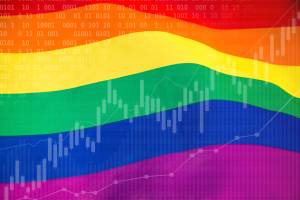
The social benefits to LGBTQ+ inclusion, equality, and acceptance are clearly evident; however, the business and economic benefits of an inclusive approach are also worth mentioning. Policies that support LGBTQ+ inclusion have been linked to higher profitability, productivity, and value. Companies known for their inclusive and supportive policies for LGBTQ+ employees tend to have greater profitability and success in research and development. This is the case even when state anti-discrimination laws mandate protection for LGBTQ+ employees; the companies with proactive policies often do better on all levels. Inclusionary policies are also viewed positively by investors and typically correlate with improved recruitment and retention. The tech sector has undoubtedly advanced equality and innovation. However, many LGBTQ+ tech workers still face barriers as well as opportunities.
The 39 LGBTQ+ STEM Innovators and Resources page lists some of the most inspiring, innovative individuals and organizations making a difference for the LGBTQ+ tech community.
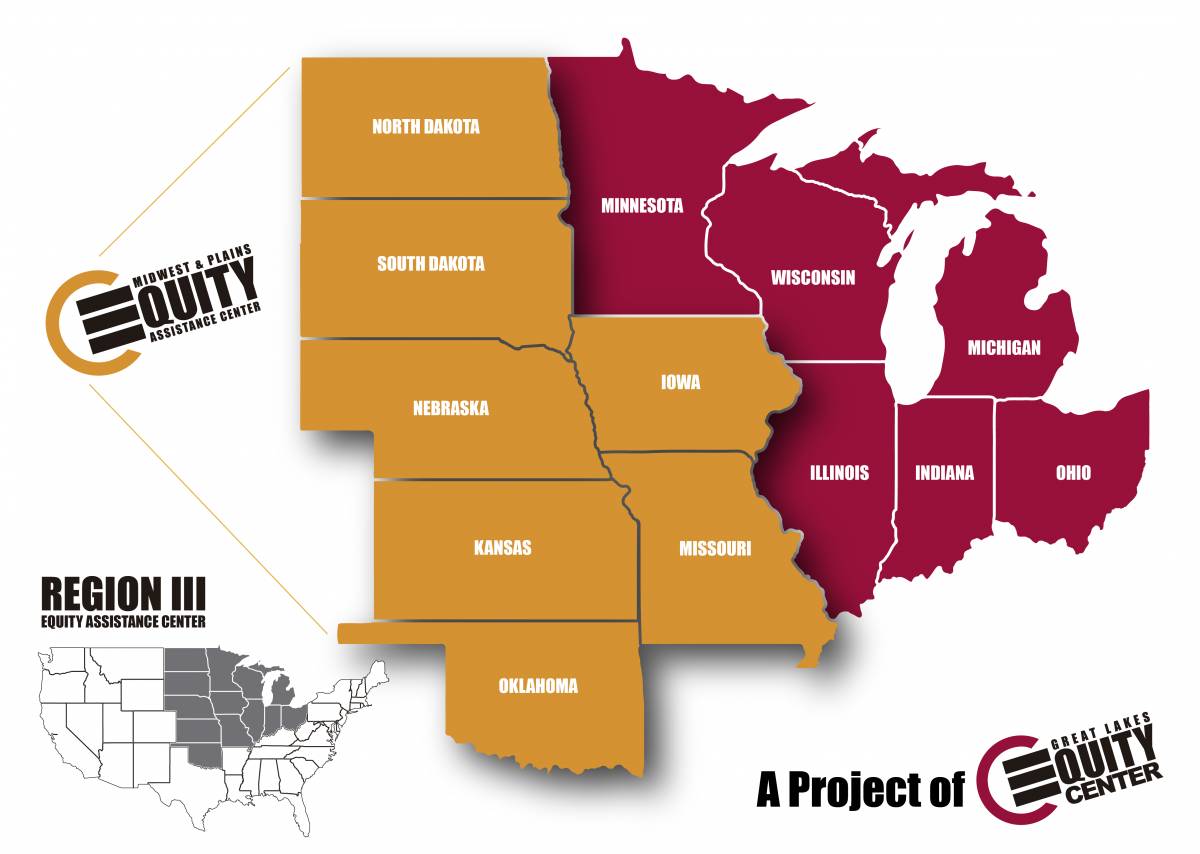
Great Lakes Equity Center’s and Midwest and Plains Equity Assistance Center's approach to resource and service delivery is grounded in a multi-tiered framework of technical assistance. Their goal is to engage in well-defined, content-rich technical assistance such that knowledge and expertise are shared in a way that results in transformative systemic change, as well as personal reflection and growth. Click here to see their services.
- One of four regional Equity Assistance Centers
- Funded by the United States Department of Education under Title IV of the 1964 Civil Rights Act
- Provide technical assistance and training, upon request, in the areas of race, sex, national origin and religion to public school districts and other responsible governmental agencies to promote equitable education opportunities
- Work in the areas of civil rights, equity, and school reform

Nth Education Partners is an educational consulting company devoted to improving the mathematics education landscape for both students and educators. Their approach is anchored on building capacity within mathematics educators to create their own contextualized solutions.They believe in the importance of communities as an essential component to create socially just mathematics classrooms.
The “N” in their name stands for NEPANTLA, which is a Nahuatl term meaning "in-between space." Embracing Nepantla is a tenet of our work, as it's where profound reflection and learning occur, leading to the creation of contextualized solutions.
The “T” stands for TRANSFORM, which captures our organization’s commitment to transforming mathematics education by creating safe, nurturing environments that encourage students to explore, innovate, and develop authentic mathematical identities.
The “H” stands for HUMANIZE, which shows our drive to humanize mathematics education, making it a tool for liberation and self-empowerment rather than a gatekeeper or measure of inherent value.
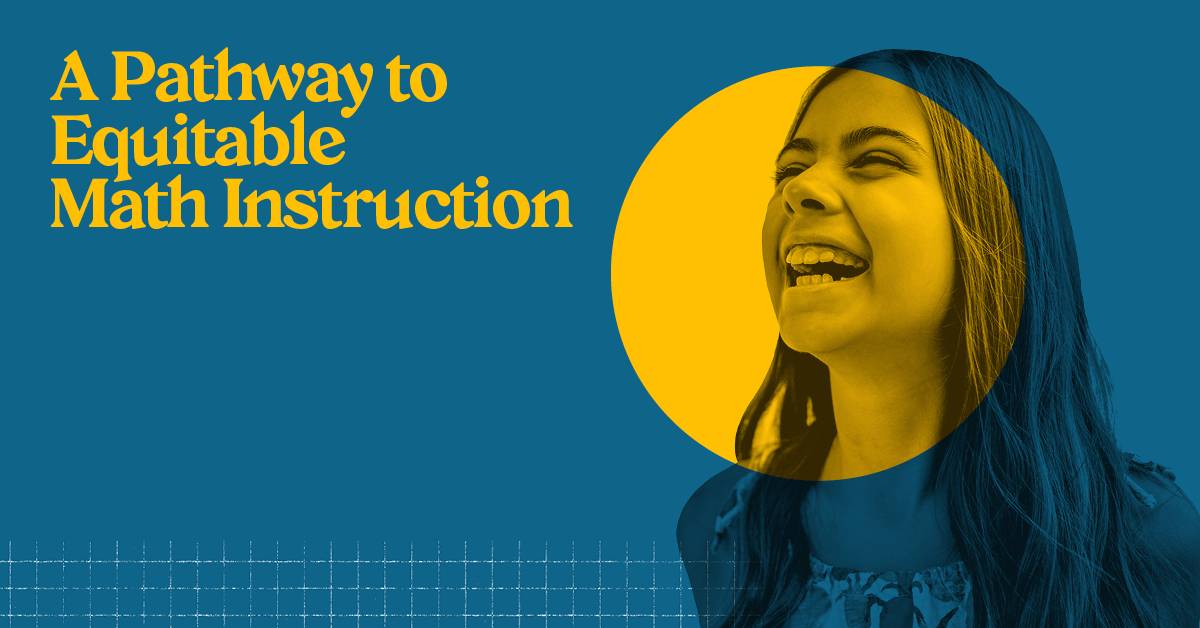
A Pathway to Equitable Math Instruction is an integrated approach to mathematics that centers Black, Latinx, and Multilingual students in grades 6-8, addresses barriers to math equity, and aligns instruction to grade-level priority standards. The Pathway offers guidance and resources for educators to use now as they plan their curriculum, while also offering opportunities for ongoing self-reflection as they seek to develop an anti-racist math practice. The toolkit “strides” serve as multiple on-ramps for educators as they navigate the individual and collective journey from equity to anti-racism.
This toolkit was developed by a team of teachers, instructional coaches, researchers, professional development providers, and curriculum writers with expertise in mathematics education, English language development, and culturally responsive pedagogy. (See collaborator bios).
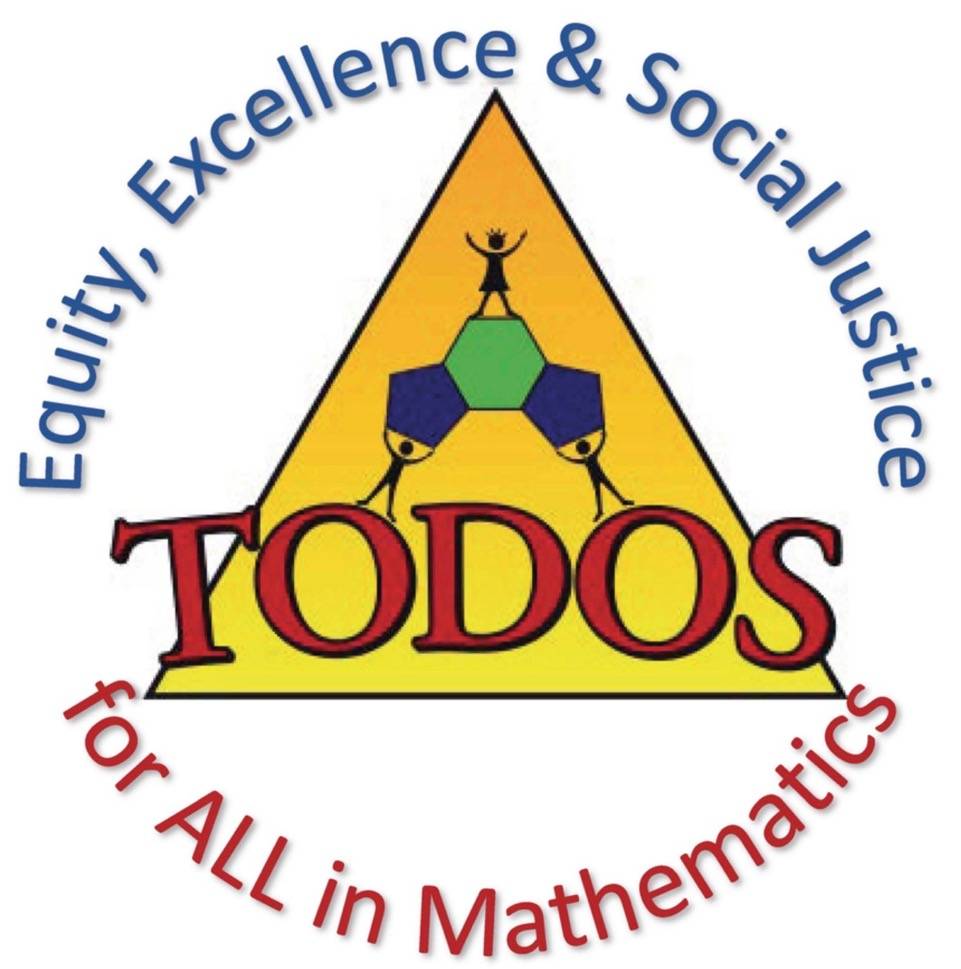
TODOS: Mathematics for ALL is an international professional organization that advocates for equity and excellence in mathematics education for ALL students - in particular, Latina/o students. As articulated in the mission and goals, TODOS advances educators' knowledge, develops and supports education leaders, generates and disseminates knowledge, informs the public, influences educational policies, and informs families about education policies and learning strategies. All of these goals ultimately result in providing access to high quality and rigorous mathematics for ALL students.
The Shortwave program's episode, Want To Dismantle Racism In Science? Start In The Classroom, includes conversations with science educators building an anti-racist perspective into their curriculum and seeking to make the science classroom more inclusive:
- Letimicia Fears, a postdoctoral fellow in the Collaborative for STEM Education and Outreach at Vanderbilt University and an adjunct in the Department of Biological Science at Tennessee State University
- Gretchen Kraig-Turner, a science teacher at Burlington-Edison High School and a contributing author to Rethinking School
- Viji Sathy, a professor in the Department of Psychology and Neuroscience at the University of North Carolina at Chapel Hill and an administrator in the Office of Undergraduate Education
Equity Articles & Research
Created annually by NGCP, this resource presents a high-level summary of the most compelling statistics and research on the state of girls and women in STEM, focused on K-12 Education, Higher Education, and the STEM Workforce.
Words and their multiple uses reflect the tremendous diversity that characterizes our society. Indeed, universally agreed upon language on issues relating to racism is nonexistent. We discovered that even the most frequently used words in any discussion on race can easily cause confusion, which leads to controversy and hostility. It is essential to achieve some degree of shared understanding, particularly when using the most common terms. In this way, the quality of dialogue and discourse on race can be enhanced.
Language can be used deliberately to engage and support community anti-racism coalitions and initiatives, or to inflame and divide them. Discussing definitions can engage and support coalitions. However, it is important for groups to decide the extent to which they must have consensus and where it is okay for people to disagree. It is also helpful to keep in mind that the words people use to discuss power, privilege, racism and oppression hold different meanings for different people. For instance, people at different stages of developing an analysis tend to attach different meanings to words like discrimination, privilege and institutional racism. Furthermore, when people are talking about privilege or racism, the words they use often come with emotions and assumptions that are not spoken.
Many of the terms in this glossary have evolved over time. For example, given the changing demographic trends in the United States, the word “minority” no longer accurately reflects the four primary racial/ethnic groups. The terms “emerging majority” and “people of color” have become popular substitutes. Also, the terms used to refer to members of each community of color have changed over time. Whether to use the terms African American or Black, Hispanic American, Latinx or Latino, Native American or American Indian, and Pacific Islander or Asian American depends on a variety of conditions, including your intended audiences’ geographic location, age, generation, and, sometimes, political orientation.;
The primary source for a definition is noted. Some definitions may be updated or paraphrased.
You can download a pdf version of this glossary here
Recordings of the SoLD Alliance’s Who Gets to Thrive? webinar series bring together experts who are using knowledge from the science of learning and development to further articulate and understand the role of racism and white supremacy in education and youth development systems—equipping field leaders with tools and strategies to advance anti-racist efforts in education and cultivate experiences for all young people to thrive.
Policy Agenda for Latino Success in Higher Education
In A Path Forward for Latinos: Laying the Groundwork for Equity in Higher Education, UnidosUS lays out a series of goals and policy recommendations to restore equity in the higher education system and ensure it meets the needs of today’s Latino students.
Using Opportunity-to-Learn Data to Support Educational Equity
A new brief from the National Center for the Improvement of Educational Assessment describes the importance of collecting opportunity-to-learn (OTL) data and provides a framework to help states begin an OTL data collection and reporting system.
Addressing Challenges in Rural Education
Rural schools are often the heart of community life, but they face significant challenges that the pandemic has only magnified. The January 2021 issue of The State Education Standard explores the state board of education and policymaker role in addressing many of these challenges: a lack of resources, cultural and virtual isolation, poverty and demographic trends, educator recruitment and retention, and risks to student health and well-being.
Culturally Responsive Education Resources for Federal, State, and Local Stakeholders
Culturally responsive education is an approach to schooling that promotes student engagement, learning, and achievement by centering students' knowledge, cultural backgrounds, and everyday experiences in the classroom. New America's work and recommendations help policymakers, education leaders, and individual educators foster an aligned and coherent culturally responsive education system.
Educational Equity: Identifying Barriers and Increasing Access
American Institute for Research, November 2019
Equity issues are complex, cutting across education, workforce, health, and society as a whole. The experts at American Institutes for Research (AIR) apply the best behavioral and social science research, evaluation, and implementation support toward improving people’s lives—ensuring that everyone has access to the resources they need. This equity-driven mission is our foundation: It shapes the work we do and informs our relationships with clients and partners, and it brings an emphasis on diversity and inclusion in our own offices.
Gorski, Paul & Swalwell, Katy. (2015). Educational leadership: journal of the Department of Supervision and Curriculum Development, N.E.A. 72. 34-40.
If the authors have learned anything working with schools across the United States, they've learned this: When it comes to educational equity, the trouble is not a lack of multicultural programs or diversity initiatives in schools. Nor is it a lack of educators who appreciate and even champion diversity. The trouble lies in how so many diversity initiatives avoid or whitewash serious equity issues. At the heart of a curriculum that is meaningfully multicultural lie principles of equity and social justice--purposeful attention to issues like racism, homophobia, sexism, and economic inequality. "When we invest our multicultural energies in surface-level cultural exchanges, fantasies of colorblindness, or celebrations of whitewashed heroes while ignoring the actual inequities many of our students face in their own lives," they write, "we demonstrate an implicit complicity with those inequities." The authors suggest that schools use an equity literacy approach--that is, an approach to diversity or multiculturalism that relies more on teachers' understandings of equity and inequity and of justice and injustice than on their understanding of this or that culture. The idea is to place equity rather than culture at the center of the diversity conversation. The authors share five principles for developing curriculums that are meaningfully multicultural.
What Comes Next? Simple Practices to Improve Diversity in Science
ACS Cent. Sci. 2020, 6, 1231−1240
Relative to our occurrence in the American workforce, black and brown scientists are underrepresented in science, technology, engineering, and math (STEM) fields. Though not insulated from cynics, there generally appears to be manifold support among the chemistry community to ensure underrepresented groups have equal participation in the field. This is clear given the emergence of support statements from several high-profile faculty members, many of whom are editors and board members of the fields’ most important journals. What’s lacking, however, are tractable action plans that can eliminate structural prejudice in science. In today’s climate, a passionate plea against inequity (often delivered through social media or other powerful platforms) will rightfully and undoubtedly attract viewership. However, as the civil rights activists of the 1950s and 1960s would say, “What happens after the message is delivered?” In this editorial, we highlight examples of bias in science. Based on our experiences (chemists from industry, a historically black college and university (HBCU), and both private and public R1 universities), we offer solutions that will ensure scientists from underrepresented groups gain and maintain equal participation in science.
Five Paradigm Shifts for Equitable Educators
Paul Gorski for EdChange and the Equity Literacy Institute. Revised November 26, 2017.
Report: What Does it Take to Embed a Racial Equity & Inclusion Lens?
Mar 20, 2018 / Hafizah Omar and Nadia Owusu
This report is the capstone project of the Racial Equity and Inclusion Learning Question Team. It captures themes from the team’s field and internal scan, as well as what we have learned from our grantmaking and investments in cities across the country–what we call applied research, and seeks to inform the next phase of Living Cities’ racial equity and inclusion work. We also hope that this report might be useful to other organizations wrestling with how to better operationalize racial equity and inclusion in their own work.
Equity-Centered Design Framework from d.school
The presentation captures the design thinking process re-imagined to promote equity. This new framework was created in May 2016 to hold the vulnerability and courage needed to develop one’s self-awareness as a equity-centered designer. They added two new design modes to the existing hexagonal d.school design thinking visual: Notice and Reflect.
Broadening Perspectives on Broadening Participation in STEM
A toolkit to support science engagement professionals who are developing strategic efforts to broaden participation in STEM.
To help informal STEM education (ISE) and science communication groups reflect on and strengthen their efforts to broaden participation in STEM, CAISE’s Broadening Participation in STEM Task Force has developed a suite of professional development tools.
If you are a staff leader or trainer working on broadening participation, these resources can help support your work. You can use them to plan and lead reflective discussions about current practices, with an eye to developing goals, strategies, and priorities that can make your ISE and science communication work more inclusive.
Developing a STEM Identity Among Young Women: A Social Identity Perspective
Kim, Ann & Sinatra, Gale & Seyranian, Viviane. (2018). Review of Educational Research.
We conducted a systematic review of empirical research focused on the experiences of female students in science, technology, engineering, and mathematics (STEM) during middle and high school. Drawing on social identity theory, recent research was synthesized to explore how aspects of the social environment influence STEM identity development. Findings indicate that young women experience challenges to their participation and inclusion when they are in STEM settings. Additionally, we found that perceptions regarding who is part of the ingroup or outgroup of STEM fields can be changed through intervention and educational programs. We conclude with recommendations for theory, research, programs, and policy for STEM identity development among young women, informed by a social identity perspective.
“I Wish that I Belonged More in this Whole Engineering Group:” Achieving Individual Diversity
While performing large ethnographic research studies where hundreds of engineering students were interviewed, this article describes an engineering student, Inez, who is female, multi-minority, and from a socio-economically disadvantaged background. Inez's story is told using “ethnography of the particular,” where the story of a single individual is explored and demonstrates that the playing field in engineering is still not level, particularly for socio-economically disadvantaged students.
Students who speak English as a second language (ESL) are underserved and underrepresented in postsecondary science, technology, engineering, and math (STEM) fields. To date, most existing research with ESL students in higher education is qualitative. Drawing from this important body of work, we investigate the impact of a socialbelonging intervention on anticipated changes in belonging, STEM GPA, and proportion of STEM credits obtained in students’ first semester and first year of college. Using data from more than 12,000 STEM-interested students at 19 universities, results revealed that the intervention increased ESL students’ anticipated sense of belonging and three of the four academic outcomes. Moreover, anticipated changes in belonging mediated the intervention’s effects on these academic outcomes. Robustness checks revealed that ESL effects persisted even when controlling for other identities correlated with ESL status. Overall, results suggest that anticipated belonging is an understudied barrier to creating a multilingual and diverse STEM workforce.
Elizabeth A. Canning, Katherine Muenks, Dorainne J. Green, Mary C. Murphy. Science Advances, Feb. 15 2019.
An important goal of the scientific community is broadening the achievement and participation of racial minorities in STEM fields. Yet, professors’ beliefs about the fixedness of ability may be an unwitting and overlooked barrier for stigmatized students. Results from a longitudinal university-wide sample (150 STEM professors and more than 15,000 students) revealed that the racial achievement gaps in courses taught by more fixed mindset faculty were twice as large as the achievement gaps in courses taught by more growth mindset faculty. Course evaluations revealed that students were demotivated and had more negative experiences in classes taught by fixed (versus growth) mindset faculty. Faculty mindset beliefs predicted student achievement and motivation above and beyond any other faculty characteristic, including their gender, race/ethnicity, age, teaching experience, or tenure status. These findings suggest that faculty mindset beliefs have important implications for the classroom experiences and achievement of underrepresented minority students in STEM.
The STEM Equity Program Evaluation Rubric is designed to help program administrators, designers, implementers and funders identify the critical attributes of a STEM program to determine the degree to which it is inclusive and supports access and success for students who historically have not engaged in STEM. Serving “all students” does not ensure equity, so considering how each of these attributes impacts underrepresented students in STEM and addressing those barriers will create a STEM learning environment where every student can succeed. The rubric contains eight sections with research-based attributes of high-quality, equitable STEM programs.
The STEM Teaching Tools site has tools that can help you teach science, technology, engineering and math (STEM). They are currently focused on supporting the teaching of the Next Generation Science Standards (NGSS). Each tool is focused on a specific issue and leverages the best knowledge from research and practice. Check out their Equity Practice Briefs.
The Proclamation for Social Justice written by Governor Whitmer’s Educator Advisory Council is a document that serves as a timely reminder of our moral imperative in Michigan. There should be no inequities among groups of children, least of all based on race. We see these as fault lines that will only exacerbate the problems of our society. We see these discrepancies in education as a call to conscience for us all. Classrooms are some of the most powerful places in the world, and this proclamation is a commitment to the children of our state that we will use our power for good.

